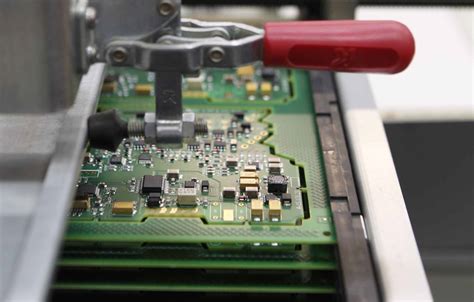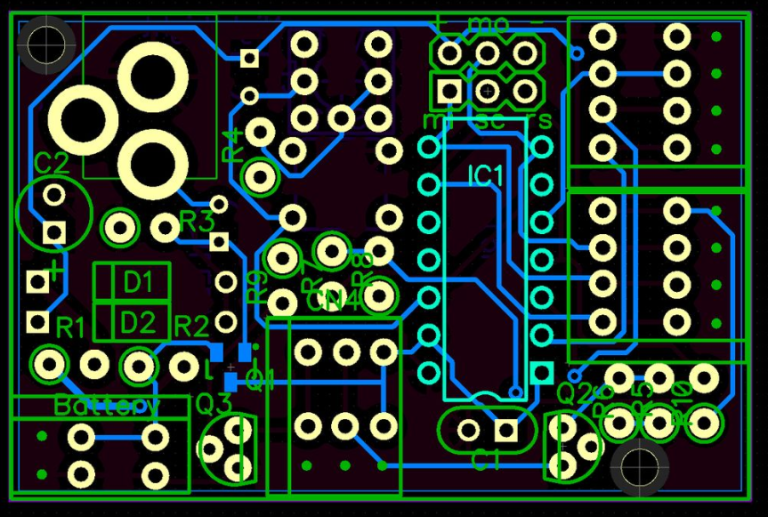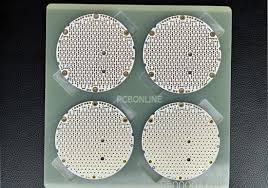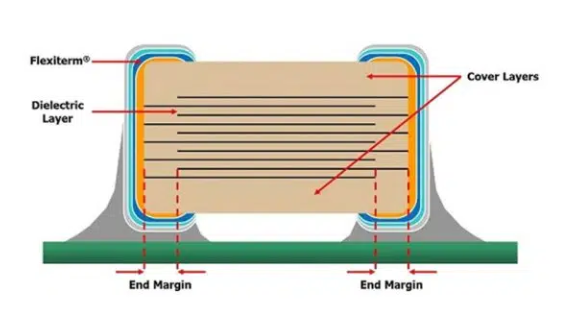Flex pcb connector types
Understanding The Different Types Of Flex PCB Connectors
Flex PCB connectors are integral components in the realm of modern electronics, offering a versatile solution for connecting flexible printed circuit boards (PCBs) to various electronic devices. As technology continues to advance, the demand for compact, reliable, and efficient connectors has grown, making it essential to understand the different types of flex PCB connectors available. This knowledge not only aids in selecting the appropriate connector for specific applications but also ensures optimal performance and longevity of electronic devices.
To begin with, one of the most common types of flex PCB connectors is the Zero Insertion Force (ZIF) connector.
ZIF connectors are designed to minimize the wear and tear on both the connector and the flex PCB by allowing the cable to be inserted with minimal force. This is achieved through a locking mechanism that secures the cable in place once it is inserted. ZIF connectors are particularly useful in applications where frequent disconnection and reconnection are required, such as in consumer electronics and medical devices. Their ease of use and reliability make them a popular choice in various industries.
Another prevalent type of flex PCB connector is the Low Insertion Force (LIF) connector.
Similar to ZIF connectors, LIF connectors are designed to reduce the insertion force required to connect the flex PCB. However, they do not have a locking mechanism, which makes them less suitable for applications where the connection may be subject to movement or vibration. Despite this limitation, LIF connectors are often used in situations where space is constrained, and a secure connection is not as critical.
Moving on, Board-to-Board (BTB) connectors are another essential category of flex PCB connectors.
These connectors are used to connect two PCBs together, allowing for the transmission of signals and power between them. BTB connectors are available in various configurations, including parallel and perpendicular orientations, to accommodate different design requirements. They are commonly used in applications where multiple PCBs need to be connected within a single device, such as in smartphones and laptops. The ability to customize BTB connectors to fit specific design needs makes them a versatile option for many electronic applications.
In addition to these, Wire-to-Board (WTB) connectors are also widely used in flex PCB applications.
These connectors facilitate the connection between a flex PCB and a wire or cable, enabling the transmission of signals and power. WTB connectors are often employed in automotive and industrial applications, where robust and reliable connections are essential. Their ability to withstand harsh environments and mechanical stress makes them a preferred choice in these sectors.
Furthermore, as technology continues to evolve, new types of flex PCB connectors are being developed to meet the ever-changing demands of the electronics industry.
Innovations such as high-speed connectors, which are designed to support faster data transmission rates, are becoming increasingly important in applications like telecommunications and data centers. These advancements highlight the ongoing need for specialized connectors that can keep pace with technological progress.
In conclusion, understanding the different types of flex PCB connectors is crucial for selecting the right component for any given application. From ZIF and LIF connectors to BTB and WTB connectors, each type offers unique advantages and is suited to specific use cases. As the electronics industry continues to advance, staying informed about the latest developments in flex PCB connector technology will ensure that devices remain efficient, reliable, and capable of meeting the demands of modern applications.
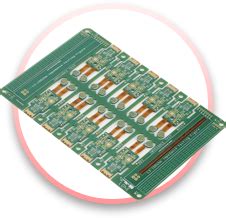
Comparing ZIF And LIF Connectors In Flex PCBs
In the realm of flexible printed circuit boards (flex PCBs), connectors play a pivotal role in ensuring reliable electrical connections between different components. Among the various types of connectors available, Zero Insertion Force (ZIF) and Low Insertion Force (LIF) connectors are two prominent options that are frequently compared due to their unique characteristics and applications. Understanding the differences between these connectors is essential for making informed decisions in the design and implementation of flex PCBs.
To begin with, ZIF connectors are designed to allow the insertion and removal of flexible circuits with minimal force,
thereby reducing the risk of damage to the delicate conductive traces on the flex PCB. This is achieved through a mechanism that opens the connector contacts when a lever or slider is actuated, allowing the flex cable to be inserted or removed without resistance. Once the cable is in place, the lever is returned to its original position, securing the connection. This feature makes ZIF connectors particularly advantageous in applications where frequent disconnection and reconnection are required, such as in testing environments or devices that require regular maintenance.
In contrast, LIF connectors, while similar in function, require a slightly higher insertion force compared to ZIF connectors.
The design of LIF connectors typically involves a simpler mechanism, where the flex cable is inserted directly into the connector without the aid of a lever. The contact pressure is achieved through the inherent design of the connector contacts, which grip the flex cable upon insertion. Although this requires more force than a ZIF connector, it is still significantly less than that required by traditional connectors. LIF connectors are often chosen for applications where the connection is not frequently disturbed, offering a balance between ease of use and secure connectivity.
When comparing the two, one must consider the specific requirements of the application at hand.
ZIF connectors, with their minimal insertion force, are ideal for scenarios where the flex PCB needs to be connected and disconnected repeatedly without risking damage. This makes them suitable for use in consumer electronics, such as smartphones and laptops, where components may need to be replaced or upgraded. Additionally, the secure locking mechanism of ZIF connectors ensures a stable connection, which is crucial in high-vibration environments.
On the other hand, LIF connectors, while requiring more force for insertion, offer a simpler and often more cost-effective solution for applications where the connection is more permanent.
Their straightforward design can be advantageous in terms of manufacturing and assembly, reducing complexity and potential points of failure. LIF connectors are commonly used in applications such as automotive electronics and industrial equipment, where the connection is established once and remains undisturbed for extended periods.
In conclusion, the choice between ZIF and LIF connectors in flex PCBs hinges on the specific needs of the application, including factors such as frequency of connection changes, environmental conditions, and cost considerations. Both connector types offer distinct advantages, and understanding these can guide engineers and designers in selecting the most appropriate solution for their projects. As technology continues to advance, the development of new connector designs may further expand the options available, but the fundamental principles of ZIF and LIF connectors will remain relevant in ensuring reliable and efficient connections in flex PCBs.
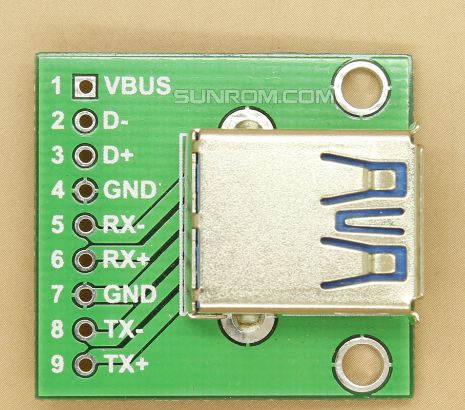
The Role Of FPC Connectors In Modern Electronics
Flexible printed circuit (FPC) connectors have become indispensable components in the realm of modern electronics, playing a crucial role in the seamless integration of various electronic devices. As technology continues to evolve, the demand for compact, lightweight, and efficient electronic solutions has surged, leading to the widespread adoption of FPC connectors. These connectors are designed to facilitate the connection between flexible printed circuits and other electronic components, thereby enabling the creation of intricate and compact electronic assemblies.
One of the primary advantages of FPC connectors is their ability to accommodate the increasing complexity of electronic devices.
As devices become more sophisticated, the need for connectors that can handle multiple functions while maintaining a small footprint becomes paramount. FPC connectors excel in this regard, offering a versatile solution that can be tailored to meet the specific requirements of a wide range of applications. From smartphones and tablets to medical devices and automotive systems, FPC connectors are integral to the functionality and reliability of these technologies.
Moreover, the flexibility of FPC connectors allows for greater design freedom, enabling engineers to create innovative and space-efficient electronic products.
This flexibility is particularly beneficial in applications where space is at a premium, such as in wearable technology and compact consumer electronics. By allowing circuits to bend and fold without compromising performance, FPC connectors facilitate the development of products that are not only smaller but also more ergonomic and user-friendly.
In addition to their flexibility, FPC connectors are known for their durability and reliability.
They are designed to withstand the rigors of everyday use, including repeated bending and flexing, without experiencing degradation in performance. This robustness is essential in applications where reliability is critical, such as in medical devices and automotive systems, where failure is not an option. The ability of FPC connectors to maintain a stable connection under various conditions ensures that electronic devices can operate efficiently and effectively over extended periods.
Furthermore, the versatility of FPC connectors extends to their compatibility with a wide range of materials and technologies
. They can be used in conjunction with various types of flexible substrates, including polyimide and polyester, allowing for the creation of customized solutions that meet the specific needs of different applications. This adaptability is further enhanced by the availability of different connector types, such as ZIF (Zero Insertion Force), LIF (Low Insertion Force), and non-ZIF connectors, each offering unique benefits in terms of ease of use, connection stability, and cost-effectiveness.
As the demand for more advanced and compact electronic devices continues to grow, the role of FPC connectors in modern electronics is set to become even more significant.
Their ability to provide reliable, flexible, and efficient connections makes them an essential component in the development of next-generation technologies. By enabling the creation of smaller, more powerful, and more versatile electronic products, FPC connectors are helping to drive innovation and shape the future of the electronics industry. In conclusion, the importance of FPC connectors cannot be overstated, as they are fundamental to the advancement of modern electronics and the realization of new technological possibilities.

Choosing The Right Flex PCB Connector For Your Project
When embarking on a project that involves flexible printed circuit boards (PCBs), selecting the appropriate connector is a critical decision that can significantly impact the performance and reliability of the final product. Flex PCB connectors are essential components that facilitate the connection between flexible circuits and other electronic components or systems. Given the variety of connector types available, understanding their distinct characteristics and applications is crucial for making an informed choice.
To begin with, it is important to recognize the unique advantages that flex PCBs offer
such as their ability to bend and conform to complex shapes, which makes them ideal for compact and dynamic applications. However, these benefits can only be fully realized when paired with the right connectors. One of the most common types of connectors used with flex PCBs is the ZIF (Zero Insertion Force) connector. ZIF connectors are designed to allow easy insertion and removal of the flex circuit without applying significant force, thereby minimizing the risk of damage. This makes them particularly suitable for applications where frequent disconnection is required, such as in testing environments or devices that require regular maintenance.
Another popular option is the LIF (Low Insertion Force) connector, which, as the name suggests, requires slightly more force than ZIF connectors but still offers a relatively easy insertion process.
LIF connectors are often chosen for applications where a more secure connection is needed, yet the ease of assembly and disassembly remains a priority. These connectors are typically used in consumer electronics, where durability and reliability are essential.
For projects that demand high-density connections, FPC (Flexible Printed Circuit) connectors are an excellent choice.
These connectors are designed to accommodate a large number of connections in a compact space, making them ideal for applications such as smartphones, tablets, and other portable devices. FPC connectors are known for their ability to handle high-speed data transmission, which is increasingly important in today’s fast-paced technological landscape.
In addition to these common types, there are also specialized connectors designed for specific applications.
For instance, board-to-board connectors are used when a direct connection between two PCBs is required, offering a robust and reliable solution for complex assemblies. Meanwhile, wire-to-board connectors are employed when a connection between a flex PCB and a wire harness is necessary, providing flexibility in design and layout.
When choosing the right flex PCB connector, several factors must be considered.
The environmental conditions in which the device will operate play a significant role, as connectors must withstand temperature fluctuations, humidity, and potential exposure to corrosive substances. Additionally, the mechanical requirements, such as the number of mating cycles and the need for secure locking mechanisms, should be evaluated to ensure long-term reliability.
Furthermore, the electrical specifications, including current-carrying capacity and signal integrity, must align with the project’s requirements.
It is also essential to consider the physical constraints of the design, such as available space and the need for specific orientations or mounting styles.
In conclusion, selecting the appropriate flex PCB connector involves a careful assessment of the project’s specific needs and constraints. By understanding the various types of connectors available and their respective advantages, engineers and designers can make informed decisions that enhance the performance and reliability of their products. As technology continues to evolve, the demand for innovative and efficient connector solutions will only grow, underscoring the importance of staying informed about the latest developments in this critical field.

